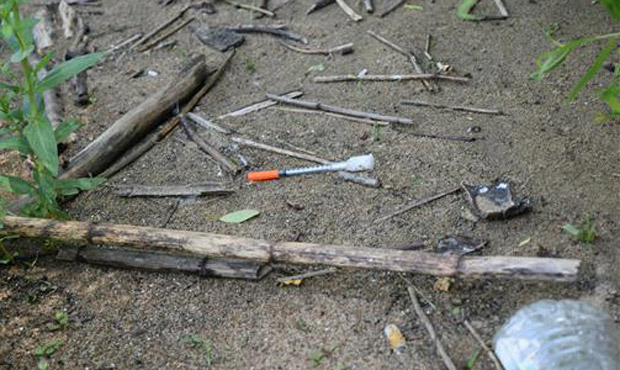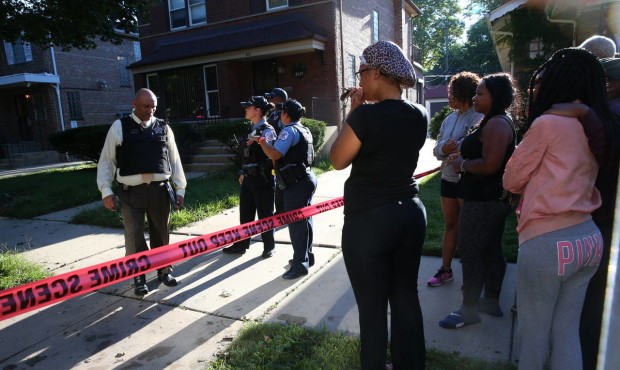Entertainment News
Yiddish theater’s evolution is focus of NYC exhibition
 This undated photo provided by the Museum of the City of New York shows the Grand Street Theater that stood at the corner of Bowery and Canal Street, on New York's Lower East Side. It is one of the "Yiddish Broadway" theaters featured in an exhibition at the Museum of the City of New York showcasing the growth of Yiddish theater over a century from a thriving immigrant entertainment movement to its impact on Broadway. "Yiddish Theater: From the Bowery to Broadway" opened Wednesday, March 9, 2016, and runs through July 31. (Museum of the City of New York via AP)
This undated photo provided by the Museum of the City of New York shows the Grand Street Theater that stood at the corner of Bowery and Canal Street, on New York's Lower East Side. It is one of the "Yiddish Broadway" theaters featured in an exhibition at the Museum of the City of New York showcasing the growth of Yiddish theater over a century from a thriving immigrant entertainment movement to its impact on Broadway. "Yiddish Theater: From the Bowery to Broadway" opened Wednesday, March 9, 2016, and runs through July 31. (Museum of the City of New York via AP)
NEW YORK (AP) — Second Avenue on Manhattan’s Lower East Side was once nicknamed Yiddish Broadway.
An exhibition at the Museum of the City of New York showcases the growth of Yiddish theater over a century from a thriving immigrant entertainment movement to its impact on Broadway.
“Yiddish Theater: From the Bowery to Broadway” opened Wednesday and runs through July 31.
Visitors will learn that the theater entertained over 1.5 million first-and second-generation Eastern-European Jewish immigrants. The term Second Avenue gradually also encompassed Yiddish theater in Brooklyn and Upper Manhattan.
The show spotlights its set designers and stars like Molly Picon (pih-KOHN’) and Stella Adler and their crossover to Broadway and film.
It also features Zero Mostel’s (mahs-TEHLZ’) Tevye (TEHV’-yay) costume from “Fiddler on the Roof” and set models by Tony-winning designer Boris Aronson.
Copyright © The Associated Press. All rights reserved. This material may not be published, broadcast, rewritten or redistributed.







































Comments